The saree is one of the most versatile and timeless garments in Indian fashion. With so many types of sarees its rich heritage, each state in India has its own special saree, made of various fabrics, weaves and patterns. For instance, the opulent silk of Banarasi and Kanjivaram sarees is unmatched, and the light beauty of Chanderi and Kota Doria sarees is elegance personified.
if you’re planning to wear a saree for a wedding, festival, office occasion, or casual occasion, its essential to know about the various types of sarees that you can wear to get the best one. Here, we discuss the most sought-after sarees in India, including their fabric, patterns and unique features.
The Types of Indian Sarees for Women in India
There are many different traditional types of sarees in India, let’s know about a few of them.
1. Banarasi Saree
One of the most lavish sarees in india, known for their gold and silver brocade or zari, fine silk and opulent embroidery. Weavers in varanasi weave these sarees , often carrying the detailed features of intertwining floral patterns and motifs, kalga and bel.
Indian womens mostly wear Banarasi sarees for special occasions like when going to a wedding typically pairing them with their finest jewelry

2.Chikankari Saree
These are classic Indian saree with delicate hand-embroidery done with fine thread, typically white on pastel or light colored materials. People recorgnize the embroidery style for its intricate floral, paisley, and geometric designs, which give the saree a delicate yet elegant appearance.
Mughal emperors first introduced Chikankari in lucknow by bringing persian artisans to india. over the time chikankari has become a popular embroidery among womens.
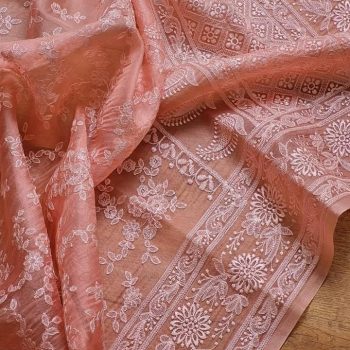
3. Bandhani Saree
Also called Bandhej Saree are a traditional type of saree originated in Gujarat and Rajasthan, known for their unique tie-dye patterns featuring vibrant colors and dots pattern.
And there is Gharchola Saree referring to bride’s new home a very famous Bandhej Saree made of gota patti and zari work at the border, women wear them in their weddings.

4. Kota Doria
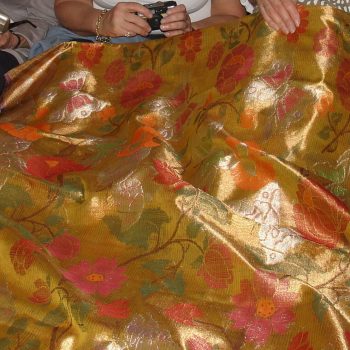
5. Paithani Saree
Paithani Saree is an expensive silk saree from Maharashtra features luxurious gold zari work of elegent peacocks, lotuses, parrots patterns, and dazzling colors.
Because of its fine silk and gold zari people call it “Dev vastra” (Fabric of God). it is a precious legacy heirloom cherished by genrations.

6. Kanchipuram silk saree
People famously call Kanchipuram Saree the kanjivaram saree. These sarees are made in Tamil Nadu, India. A masterpiece that embodies the rich heritage and unparalleled craftsmanship of Kanchipuram weavers
Weavers craft these sarees using pure mulberry silk threads and zari. Distinguished by its wide contrast borders of temple borders, checks, stripes, and floral designs different from its body which is quite simple compare to its border.

7. Tant Saree
Tant saree is a traditional Bengali saree. Made of pure cotton threads and their lightness and transparency distinguish them. People considered it the most comfortable saree in hot and humid climates.
These saree are simple and elegant having small unique artistic. some of the traditional motifs are phools, tara, rajmahal, ardha-chandra, and bhomra etc.

8. Patola Saree
These sarees are double ikat woven sarees mostly made in Gujarat. Weavers first naturally color the silk in different colors and then use it together creating different patterns and designs.
The technique of dyeing warp and weft before weaving is double ikat and they knot the threads before dyeing.

9. Mysore Silk Saree
Mysore Saree are famous for their dazzling appearance and lustre. they are preferred in most households due to its gracefulness and longevity. These sarees dose not lose its shine even after a decades of wearing.
Keeping zari embroidery the main highlight, as it gives the saree its signature look.
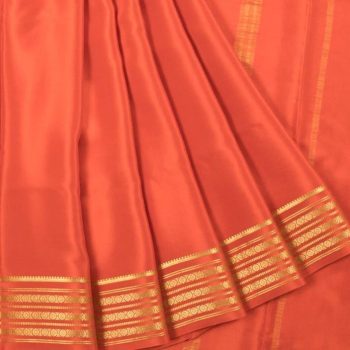
10. Bomkai Saree
Bomkai Saree is a traditional handloom saree from Odisha, India. The fabric has modern designs and a traditional touch. Known for its vibrant colors, it often features fish motifs at the border of saree.
Weavers craft Bomkai cotton saree for habitual purposes, while the silk one is reserved for special occasions.

11. Kasavu Saree
The Kasavu saree stands out with its elegant white or off-white saree with a clear golden zari border. The term “kasavu” means the gold thread work in the border.
It is strongly embedded in kerala’s culture and is widely worn on onam, vishu, and wedding occasions.

12. Chanderi Saree
Chanderi sarees have an airy and sheer texture, making them comfortable to wear, especially in warmer climates. Weavers often blend of fine silk and cotton, or sometimes pure silk or cotton to create these sarees.
Moreover, the fine silk threads used in Chanderi weaving add a delicate sheen and lustrous appeal to fabrics.

13. Sambalpuri Saree
Sambalpuri sarees showcase the cultural richness of Odisha with their intricate handwoven patterns. Skilled artisans use the traditional ikat method, dyeing the yarn before weaving it into vibrant designs.
These sarees often feature beautiful motifs like peacocks, flowers, and geometric shapes, making them visually stunning.

14. Kashida Saree
The Kashida saree, a classic Kashmiri outfit, is famous for its intricate hand-embroidery. This traditional art, which is called “Kashida,” features fine needlework that often showcases floral motifs and scenic views.
Every saree tells a unique story through its craftsmanship. Moreover, the rich texture of the saree, which is typically made of silk or wool, contributes to its beauty and charm.

15. Santali Saree
The Santali Saree is an traditional garment worn by the Santal tribe in India. This saree is primarily found in Jharkhand, West Bengal, Odisha, Bihar, and Assam.
Typically, weavers craft these saree from cotton or handloom fabrics making them light and easy to wear.

CARE TIP FOR SAREES
- SILK SAREES:- Prefer dry clean only and store the saree in a muslin cloth to protect and maintain its shine.
- COTTON SAREES:- Can be washed by hands using mild detergents.
- EMBROIDERED SAREES:- Be careful with the embroidery, avoid direct ironing on embroidery work you can use a cotton cloth as a layer before ironing.




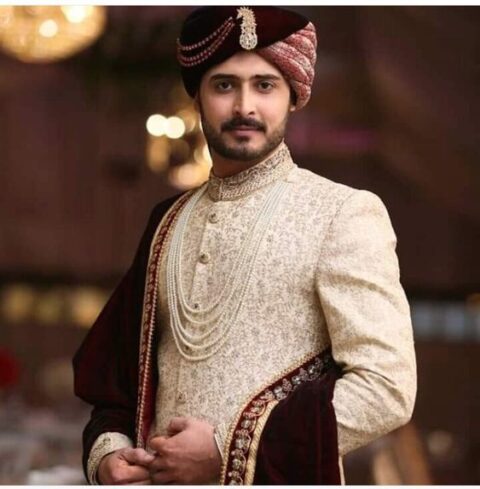

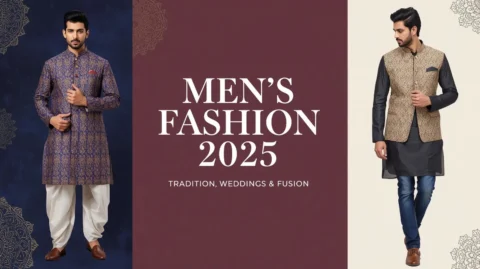

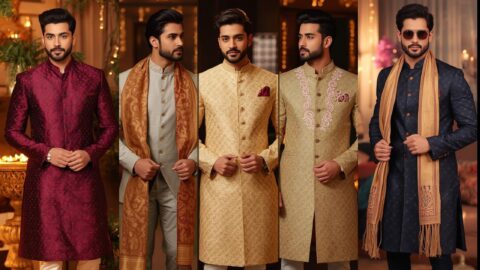
On this platform, you can access a wide selection of casino slots from famous studios.
Visitors can try out traditional machines as well as new-generation slots with vivid animation and bonus rounds.
If you’re just starting out or an experienced player, there’s always a slot to match your mood.
casino slots
Each title are available round the clock and designed for desktop computers and smartphones alike.
All games run in your browser, so you can get started without hassle.
Site navigation is intuitive, making it simple to browse the collection.
Register now, and enjoy the thrill of casino games!
Искал, как сделать облицовку в ванной. В одних источниках — «главное — ровный слой», на других — целые трактаты со сложными технологиями. Случайно наткнулся на каталог с нормальными ресурсами, с практическими рекомендациями без лишней теории. Может, сэкономит вам время
Каталог mydovidnikgospodarya.xyz